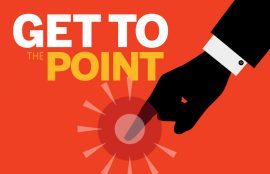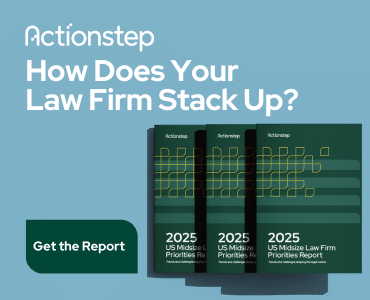How long is a paragraph? The answer, like so many things in life, is: It depends. Formal documents tend to have longer paragraphs. But short paragraphs produce a more readable document.
A discredited theory holds that every paragraph should start with a topic sentence and follow up with content and a concluding sentence. An opposing theory is that no paragraph should have more than two sentences.
Unquestionably, topic sentences have value. They tell the reader whether to keep reading and what to expect. Today, readers are likely to skim a document, at least at first, and topic sentences provide a road map. Concluding sentences may just be repetitive surplusage.
To emphasize a single sentence, give it its own paragraph.
Sentences and paragraphs should flow logically. Don’t jam multiple points into a single paragraph to save space; this dilutes the persuasiveness of your argument. Headings can guide your reader to the next topic.
Briefs and Memoranda
Even judges and judicial clerks skim. (They really don’t need another explanation of the standard for summary judgment.) Especially if your reader is likely to jump from paragraph to paragraph, a strong topic sentence is important. Unless the paragraph only holds one sentence, the first sentence should introduce the rest of the paragraph to beckon the reader to read every word.
A dilemma arises if you are working within a page limit. You may want to sacrifice readability to fit all your arguments within the document. On the other hand, that page limit should prompt you to repeatedly revise to make your writing terse.
White Space
Paragraphs of one or two sentences create “white space,” the blank areas between design elements such as in an advertisement. White space makes your text stand out and emphasizes its importance.
Cramming too much information into a paragraph can turn off the viewer. The creator is trying to send more information but ends up sending none because the communication isn’t viewed.
Short paragraphs empower briefs, client communications and demand letters. Short paragraphs are most likely to engage your reader and elicit a response.
IPhoto by Pierre Bamin on Unsplash
Subscribe to Attorney at Work
Get really good ideas every day for your law practice: Subscribe to the Daily Dispatch or the Weekly Wrap (it’s free).


















